Cleaning suede shoes (video)
Watch this video and read the explanation below carefully before you start cleaning this delicate material.


Watch this video and read the explanation below carefully before you start cleaning this delicate material.
Sneakers are rarely made of a single material, so it's essential to understand the care your shoes require. For a comprehensive series of cleaning tutorials, click here .

Suede comes from the inside of the hide and nubuck comes from the outside. Nubuck is recognizable by its short, sandy, peach-colored hairs, and suede by its more loosely brushed hairs. Both require the same approach.
Before we continue, let's clear up a common misconception: suede/nubuck can't be wet at all. However, we do recommend treating it dry as much as possible, provided the material isn't too dirty.
If they're too dirty for dry cleaning , always test an inconspicuous area first to see how the material reacts to water. The color of suede/nubuck can bleed. There are many types of sneakers, with varying materials and quality. Not all sneakers react the same to water. So, you should treat them with more care than other materials.
Important to know:
When cleaning suede and nubuck sneakers, it's crucial to use the right products. Avoid household products like green soap or dish soap, as these are less effective and can cause damage. Instead, choose specially formulated sneaker care products. , such as that of First Amsterdam.
We also recommend using shoe trees to make cleaning easier and prevent the shoe from becoming misshapen. For minor stains, we recommend a suede and nubuck eraser.
A good brush is essential for effectively removing loose dirt before wetting the shoe. We recommend always removing loose dirt with a soft brush, such as our premium brush , especially for suede and nubuck.
If there's mud on the shoe , make sure to remove as much of it as possible to avoid brushing it into the material.
Are your laces very dirty? Remove them from the shoe and soak them in a bowl of water containing a suitable sneaker cleaner, such as the specially developed cleaning formula from First Amsterdam. If they are very dirty or stained, apply a few more drops to the laces and rub them between your hands until they lather.
TIP: Run wet laces through a microfiber cloth to dry them faster and remove dirt.
Are your laces less dirty? Then you can also leave them in the shoe and clean them with a soft brush, a little water, and the cleaning formula.
TIP : Do not use a hard brush for this, as there is a good chance that the laces will fluff up if they come into contact with these hard bristles.
Use a stiff brush and a good cleaning product to clean the soles, eliminating stubborn dirt. Don't apply too much pressure and let the bristles do the work.
If stains remain, add some cleaning solution to a microfiber cloth and rub it on the stain with your index finger to remove it.
Does the suede/nubuck have some small stains? Try treating it dry with a suede and nubuck eraser first. Rub it lightly over the stain to remove it. If this doesn't work, continue with the steps below.
Dip the premium brush in the container with water, shake it well and Apply a few drops of the solution to the brush, then wipe over the shoes in a circular motion. Dab off with the microfiber cloth. Repeat until you achieve the desired result.
Is the water very dirty? It's best to replace the water and repeat step 4, but NOTE: use the soft brush this time. This brush has soft bristles, which prevents you from damaging the suede/nubuck while cleaning.
After cleaning, dry the sneakers with a microfiber cloth. Then let them air naturally for best results. It's best to leave the shoe trees in the shoes.
Keep the shoes away from heat sources such as the sun or a heater. This can cause the shoes to deform and/or discolor.
Use a good water and dirt repellent spray to protect your shoes from unwanted stains and wear. Extend the life of your sneakers and keep them looking fresh!
Always remove loose dirt and sand from the material with a soft brush before cleaning it further. This is important with any material, but especially with suede/nubuck.
Due to the texture, dust and dirt quickly accumulate on suede/nubuck. This step also ensures that your suede/nubuck retains its velvety appearance for longer.
Does the suede/nubuck have some small stains? Then first try to treat it dry with a suede and nubuck eraser. Rub this lightly over the stain to remove it. If this doesn't work, go to the other steps on this page.
Suede is often dyed leather. The extent to which this occurs can vary greatly. This generally has to do with the quality of the suede, the tanning process and the dyes used.
Therefore, always first check how the dye in your shoe reacts to water.
Gently dab the suede/nubuck with a microfiber cloth that is slightly damp.
If you see that the dye does not remain stable, try to use as little water as possible when cleaning.
It is very important to use only a small amount of water when cleaning suede/nubuck.
This allows the suede/nubuck to dry faster and prevents the dye from spreading throughout the rest of the shoe.
Make sure you shake the (soft) brush well after soaking to remove as much water as possible.
Apply it in a circular motion. For stubborn stains, use the stiff brush in a straight motion, in one direction only. Brush gently so as not to damage the texture.
An alternative is to wrap the microfiber around your finger. Apply some of the liquid to this and rub the stain.
The color of the suede/nubuck may change slightly after you wet it.
Even if there is only a small stain on one shoe, moisten both shoes with the microfiber cloth to avoid color difference after drying. Do not immerse it in the water.
After drying, the texture of the suede/nubuck becomes rough. To restore the original softness, gently brush the suede/nubuck with the stiff brush in one direction and then in the other.
For nubuck, due to the very short hairs, you can use the suede eraser or the microfiber cloth to avoid scratching the material.
TIP: To make the job easier, start brushing while the suede/nubuck is still slightly damp. Repeat this when it is completely dry.
If you are going to clean shoes and let them dry later, we always recommend using shoe trees. In addition to making them easier to clean, this ensures that the shoes do not deform or wrinkle. Wooden shoe trees even absorb moisture and unpleasant odors, which has an additional advantage.
May we recommend one of our bestsellers to you?
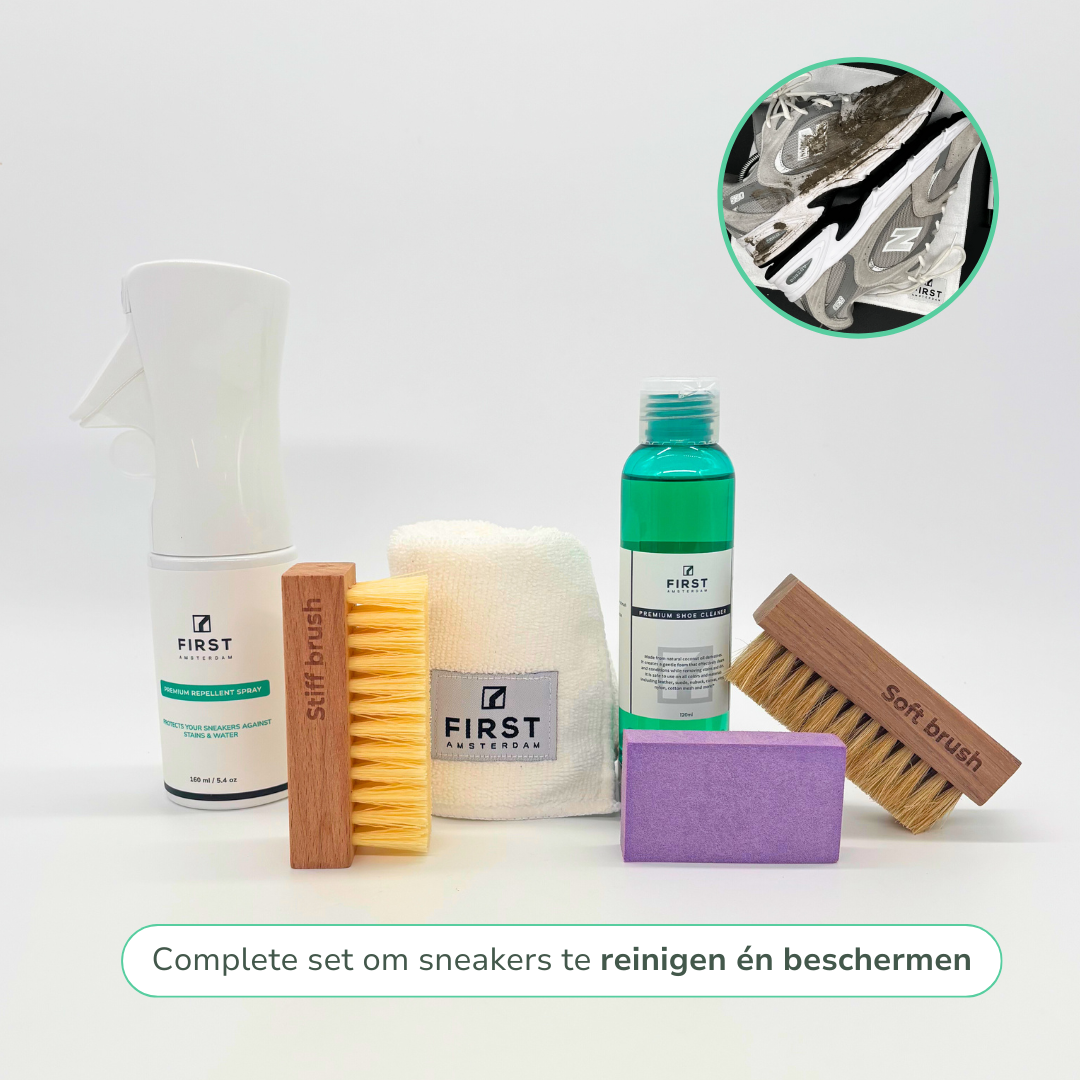
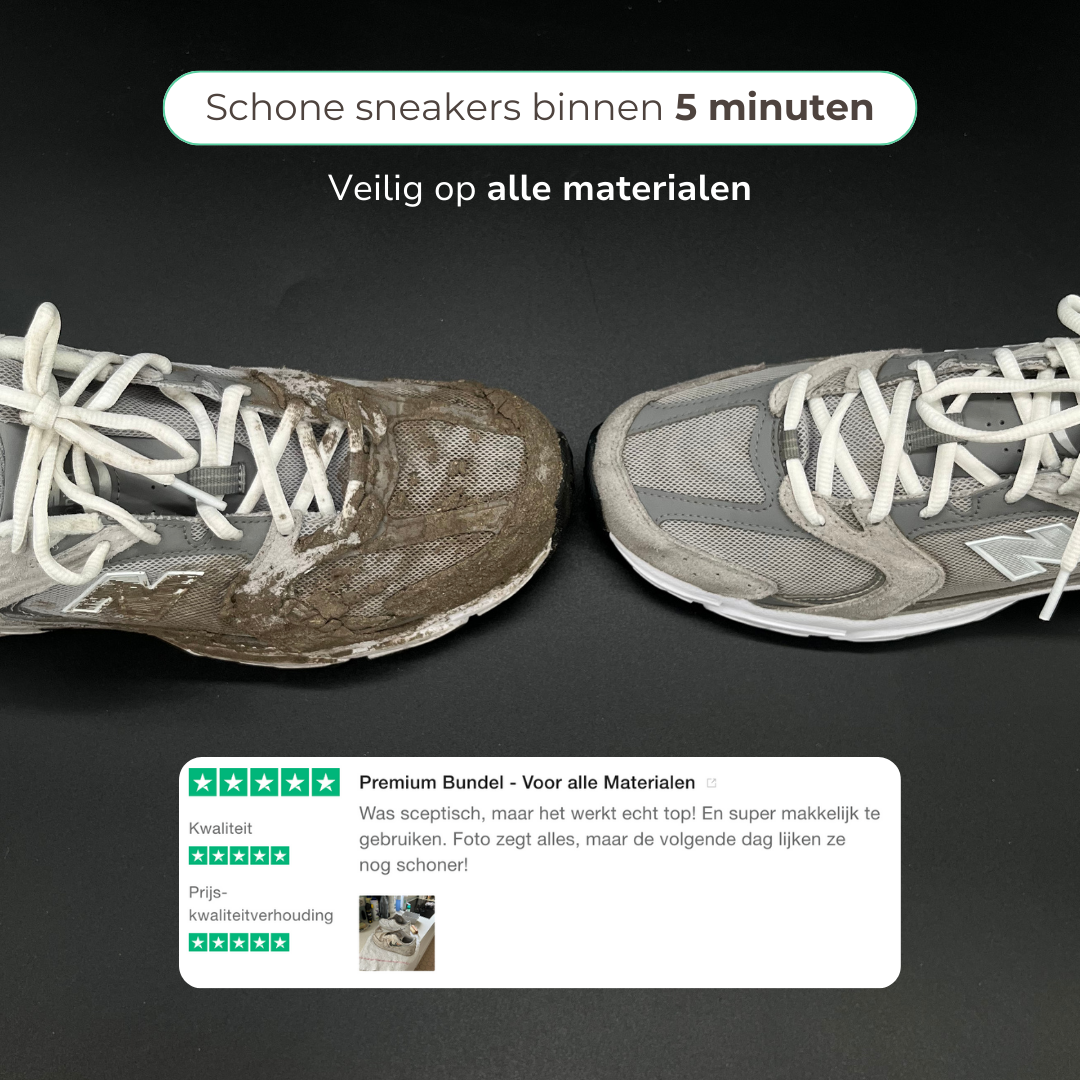
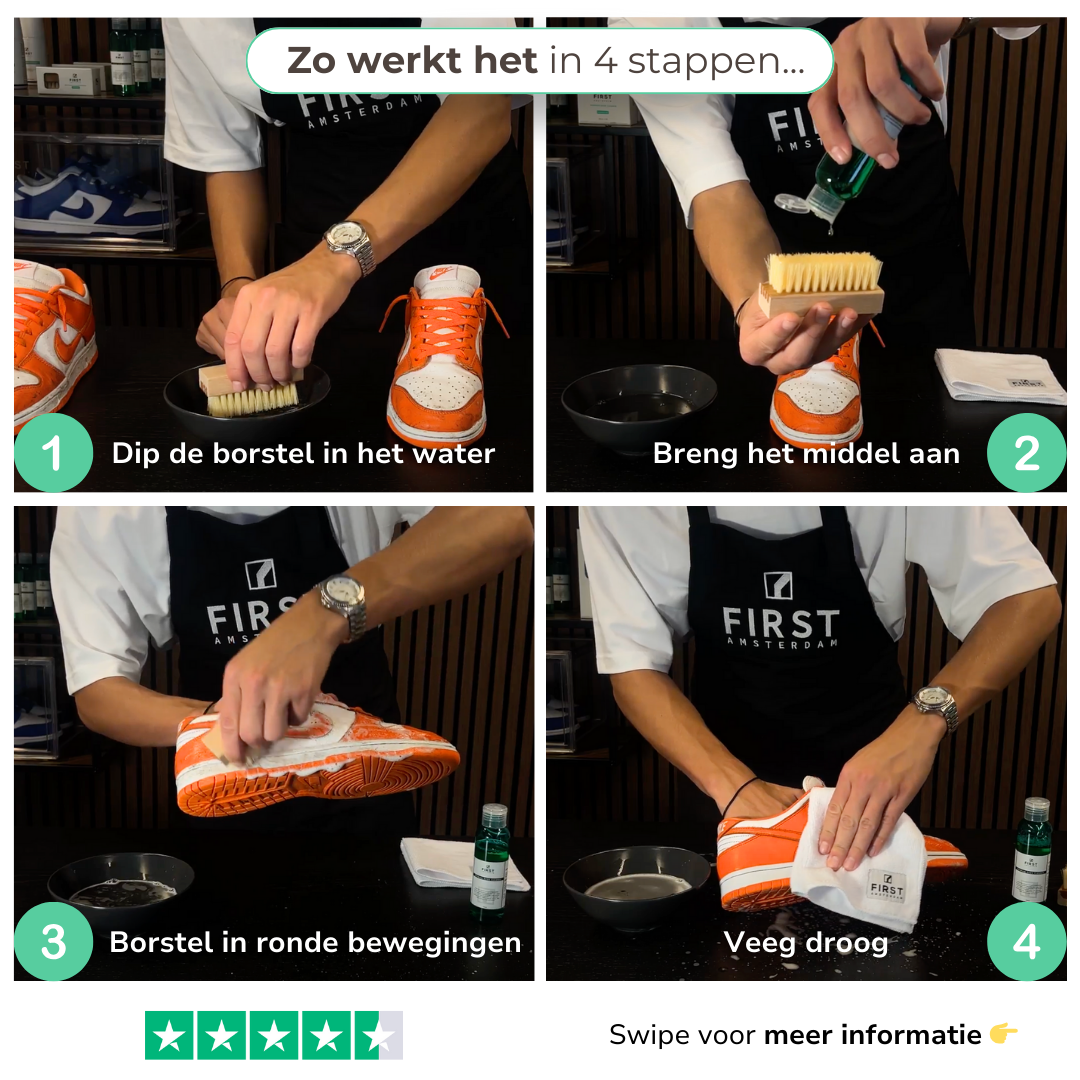
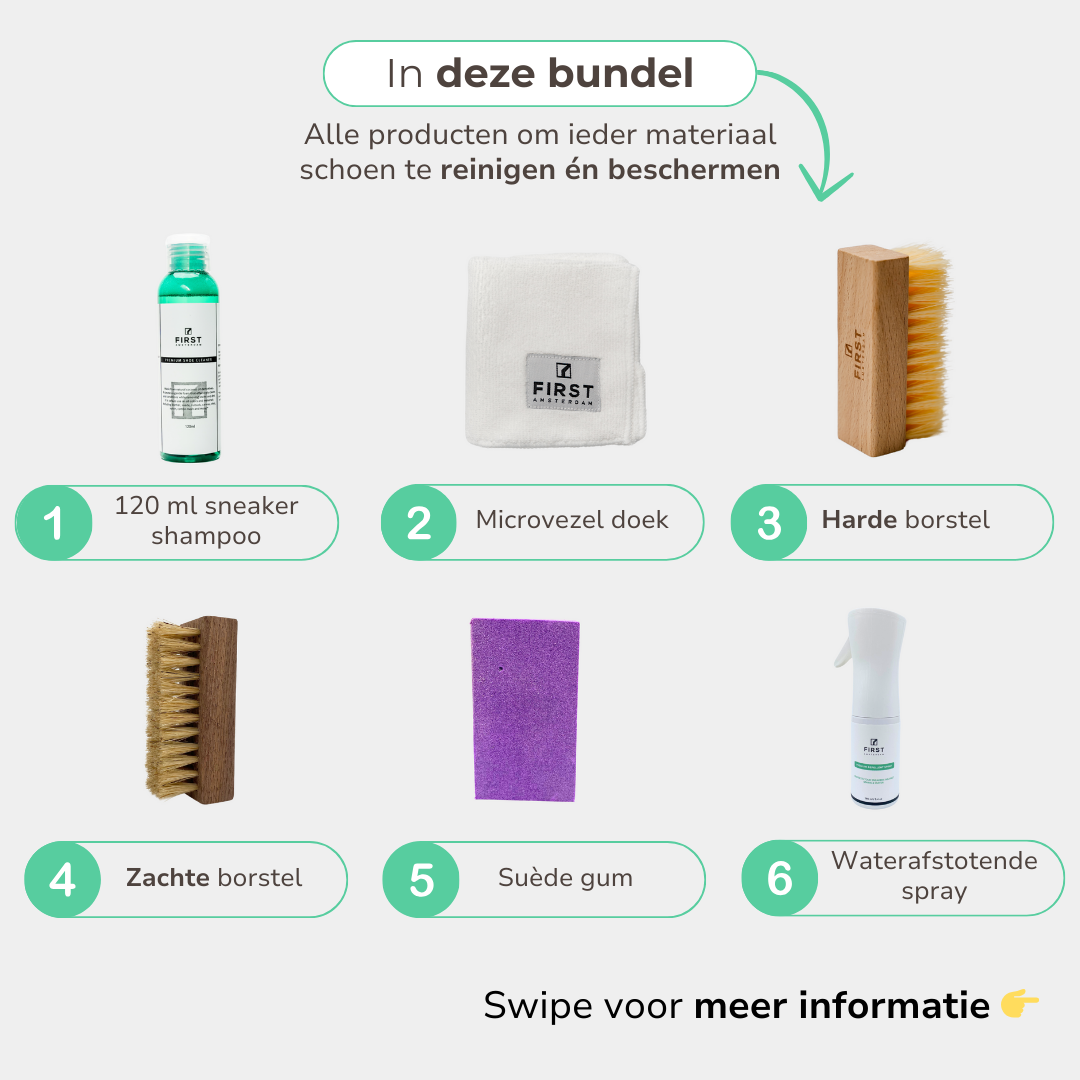
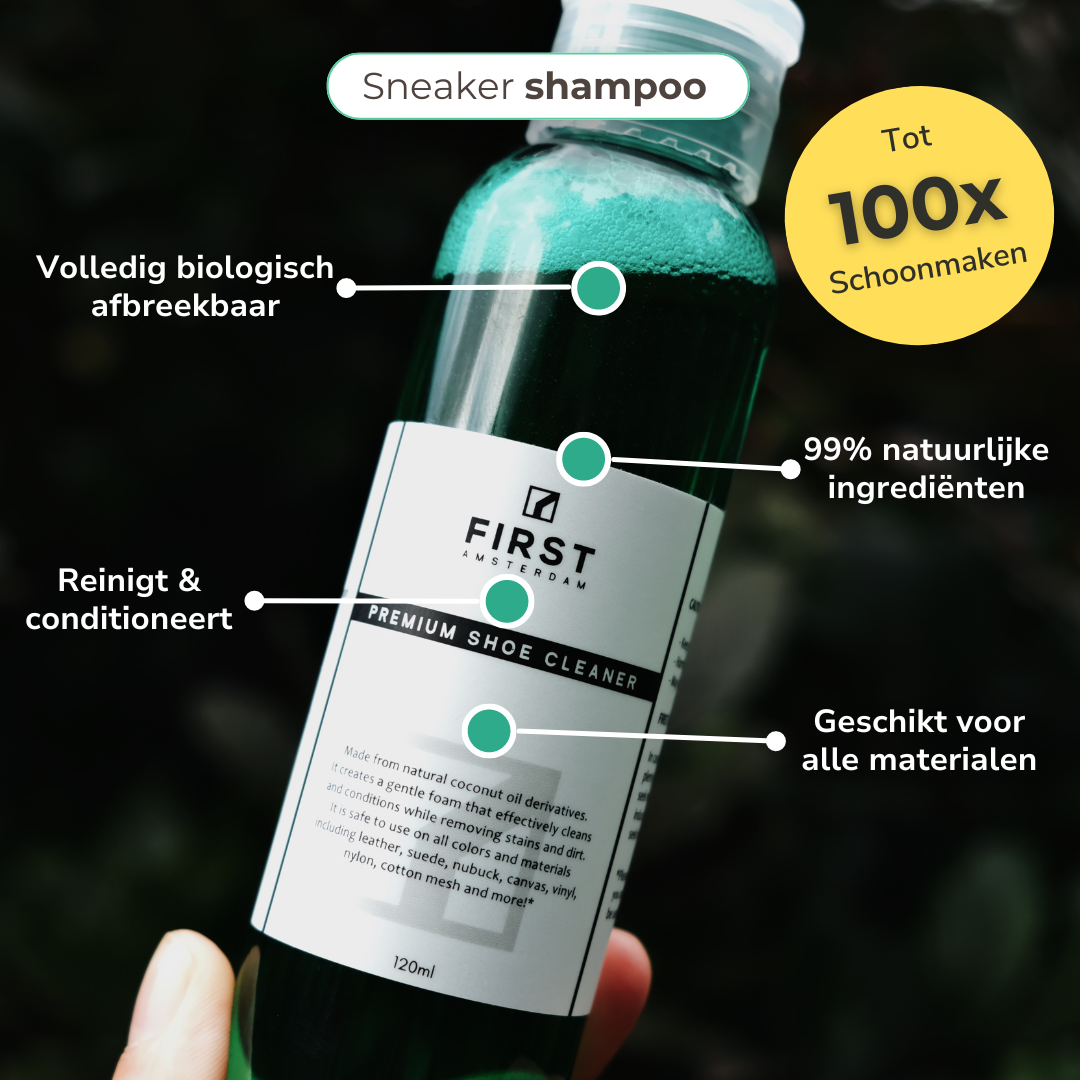
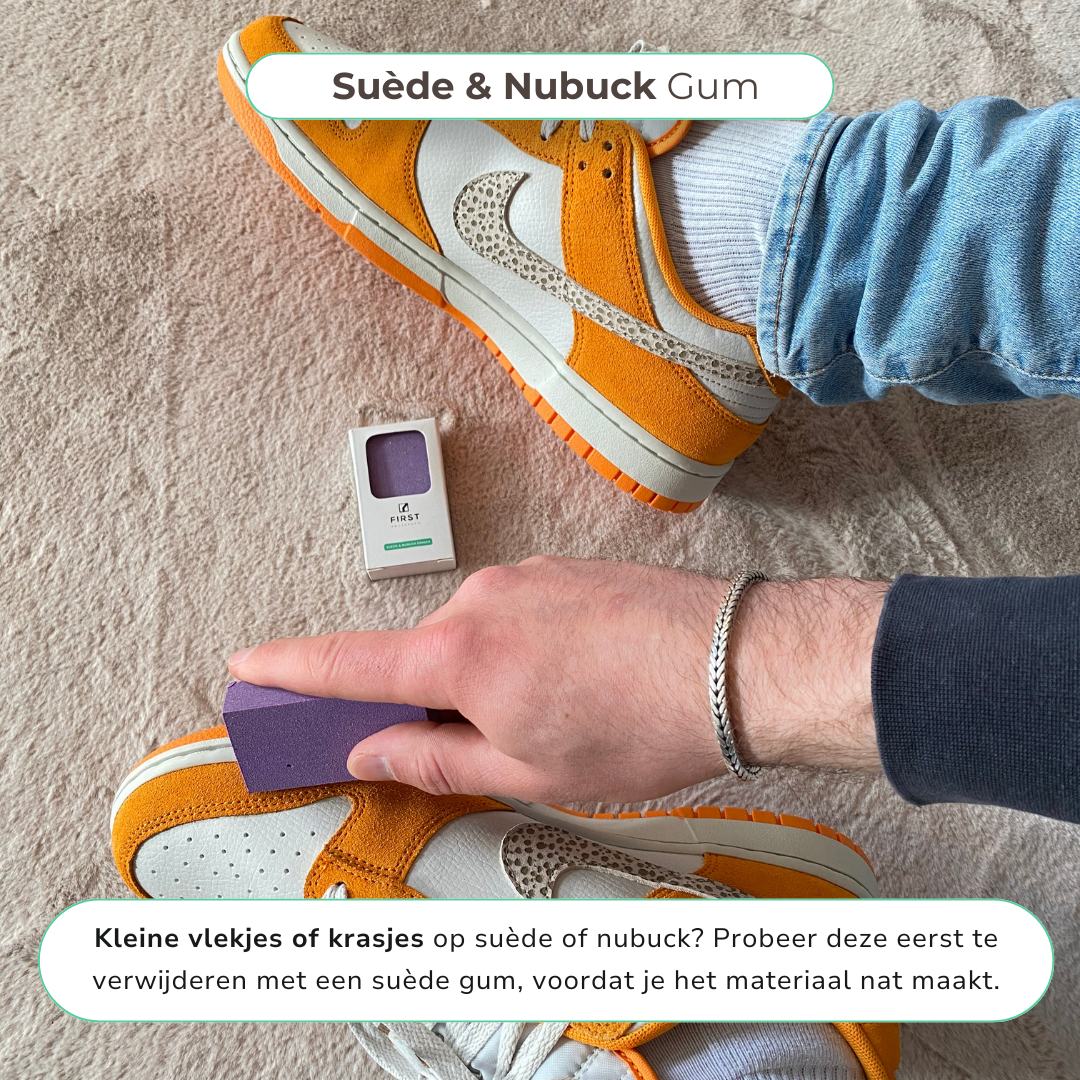
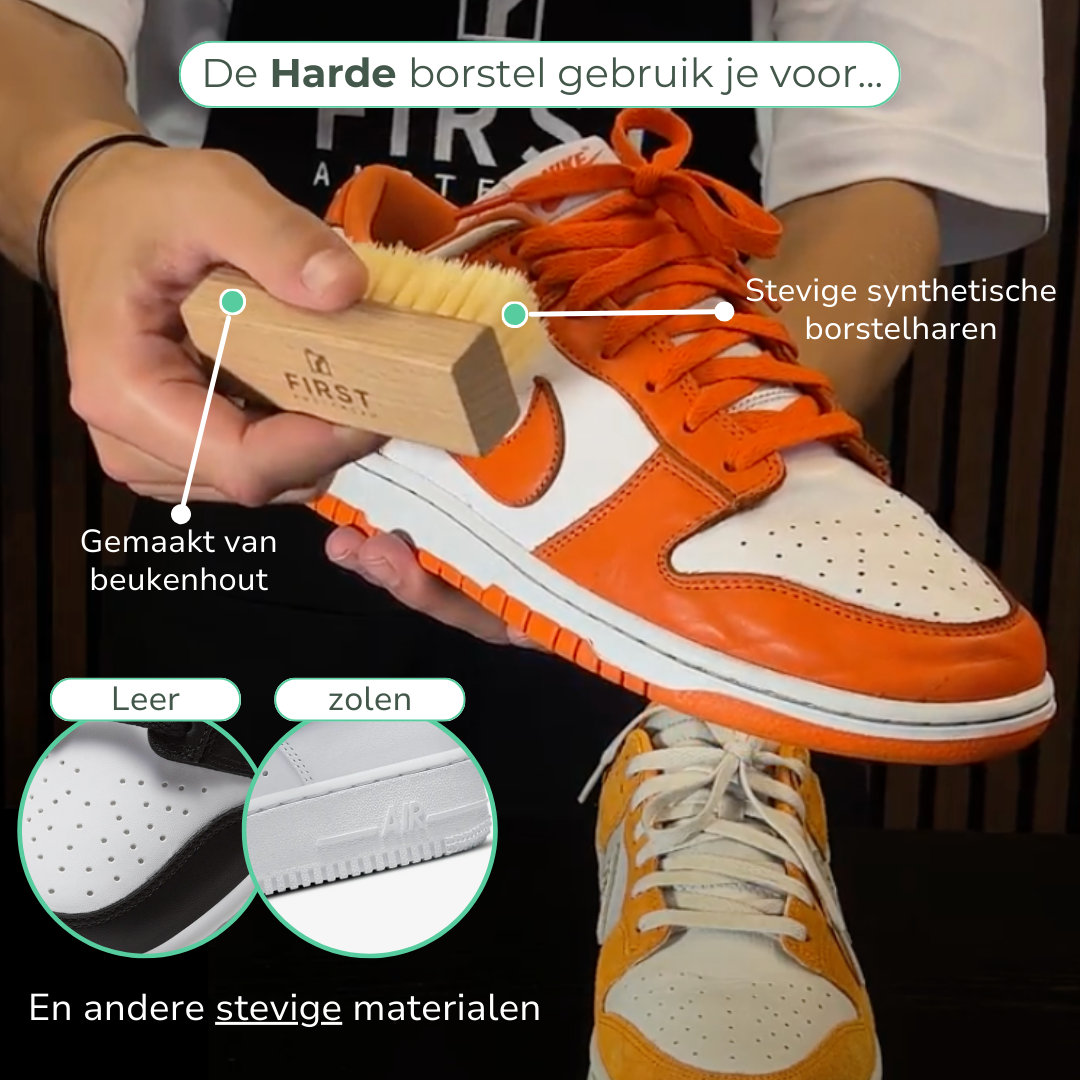
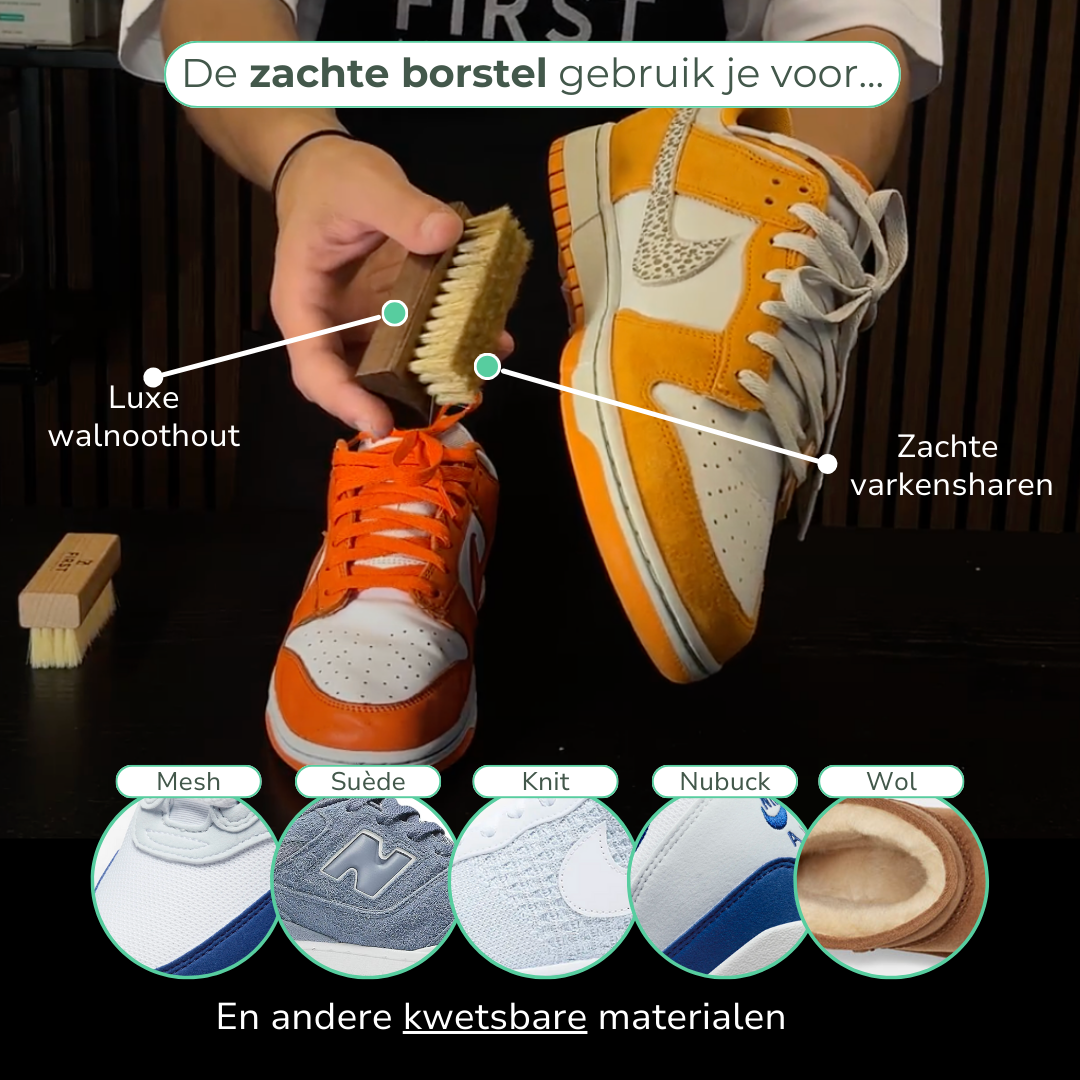
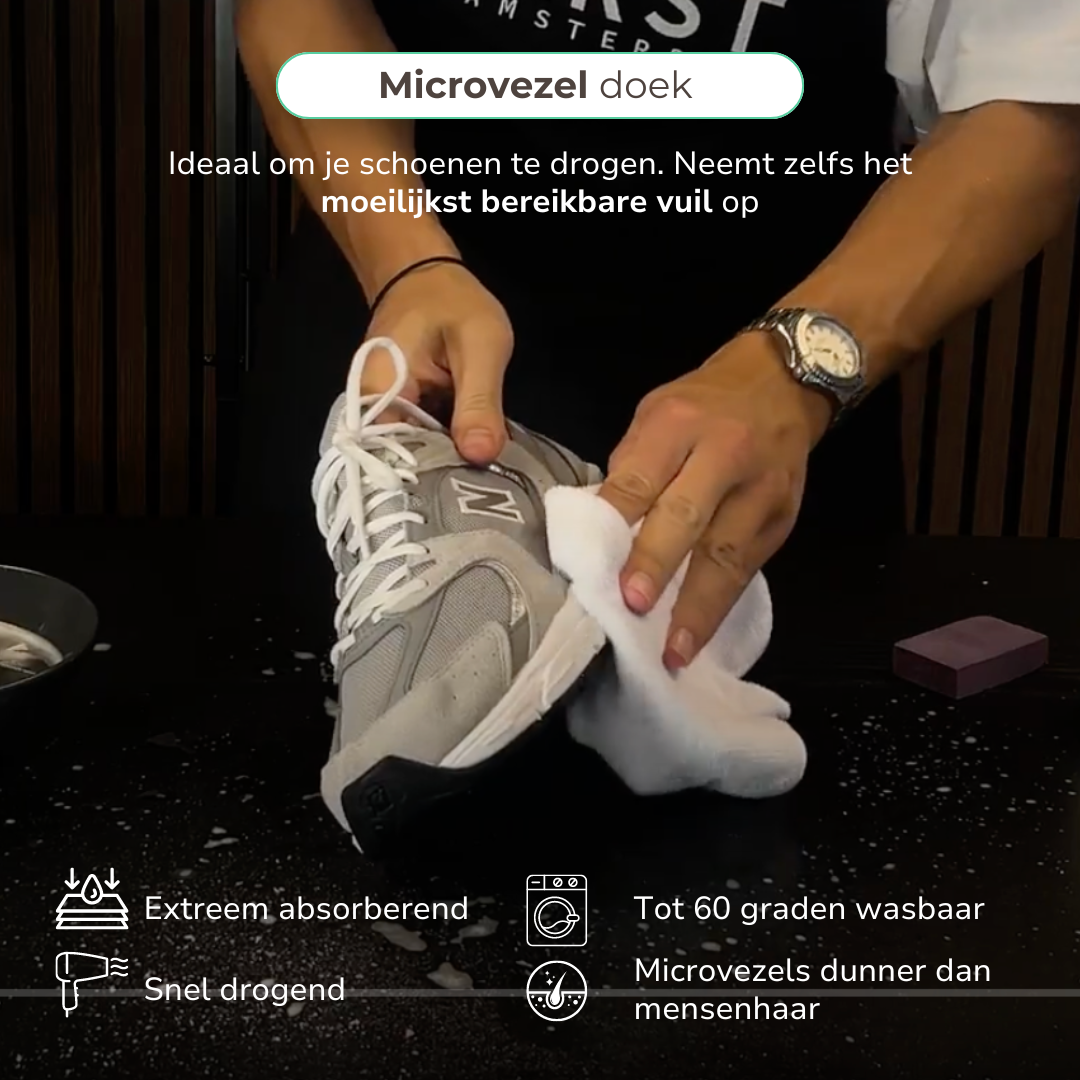
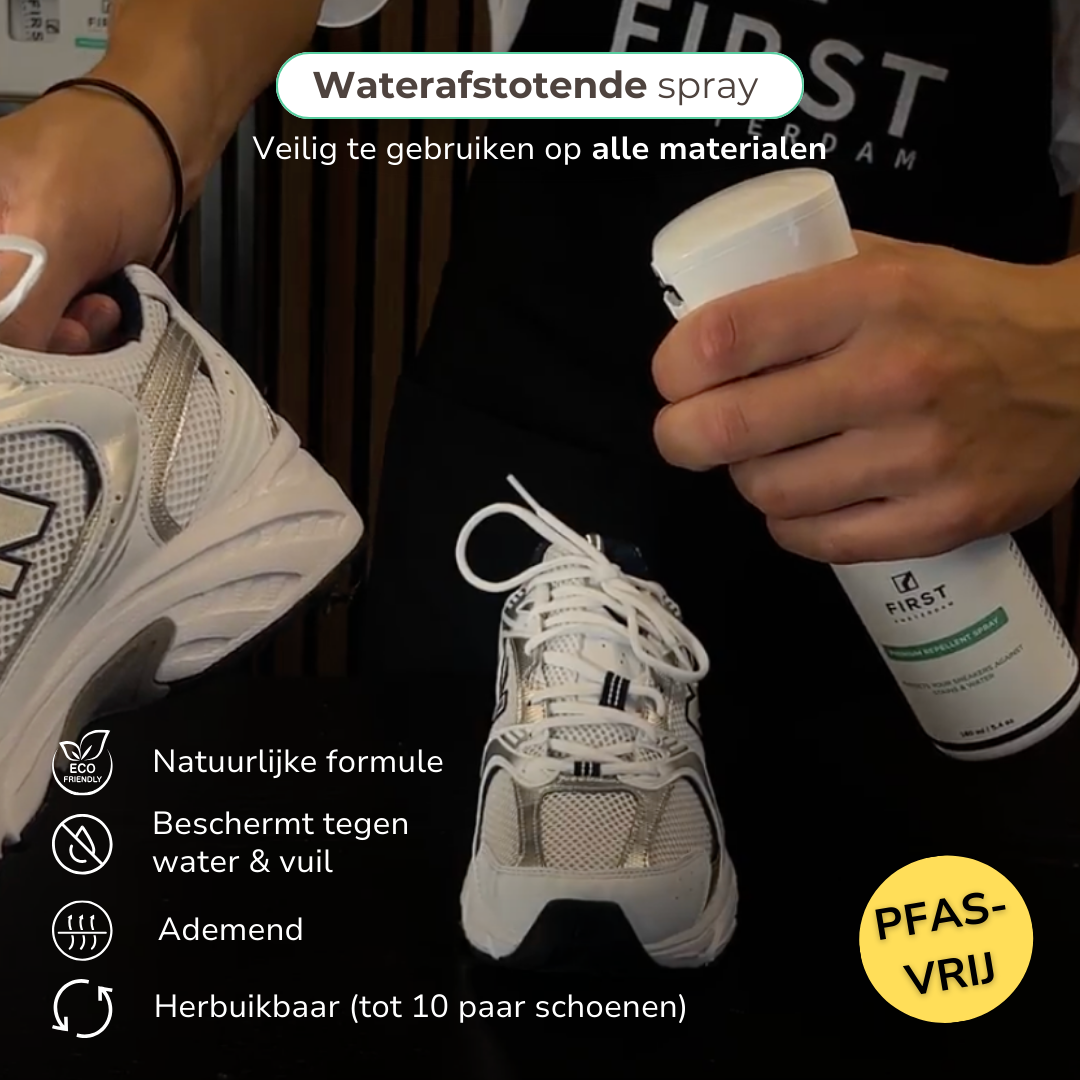
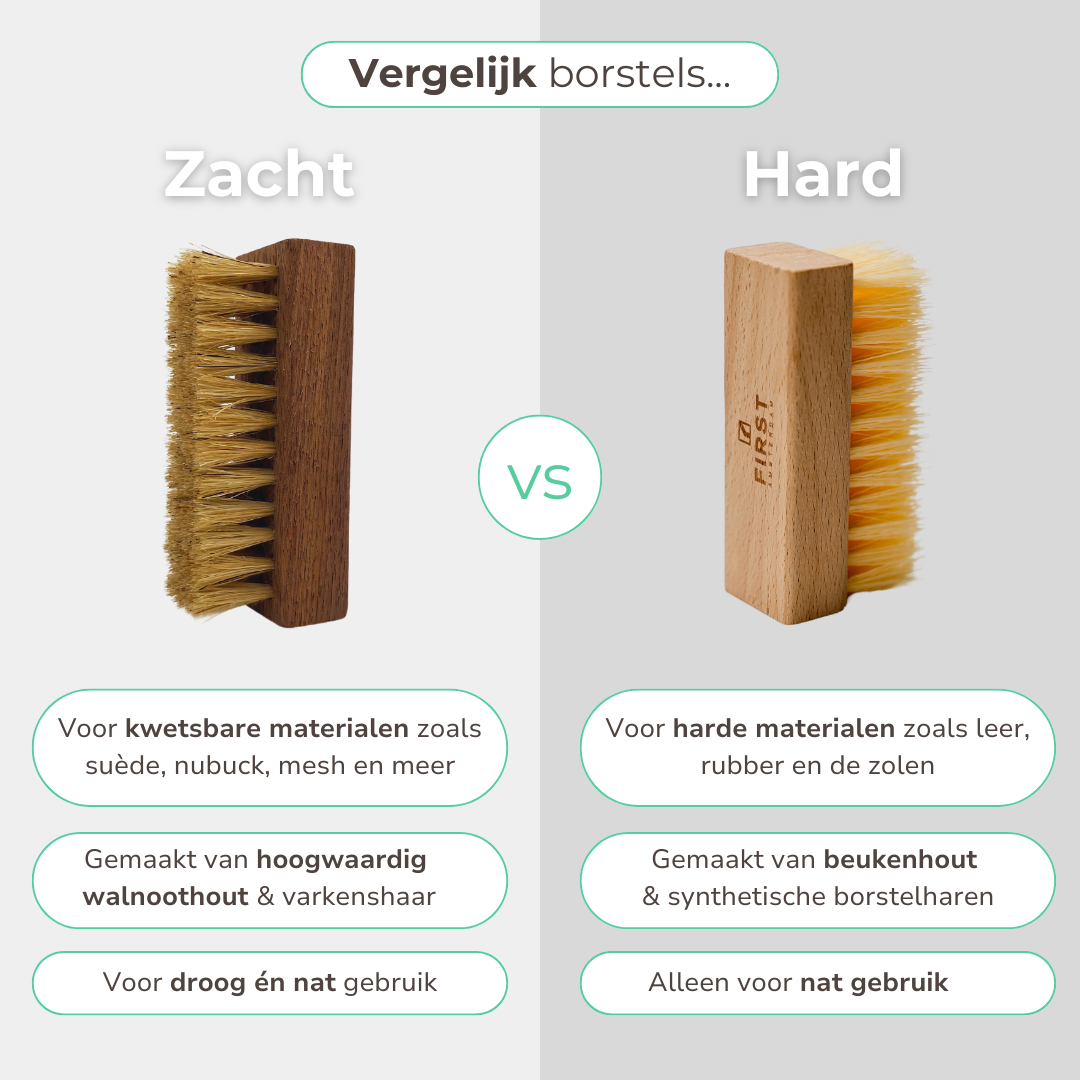

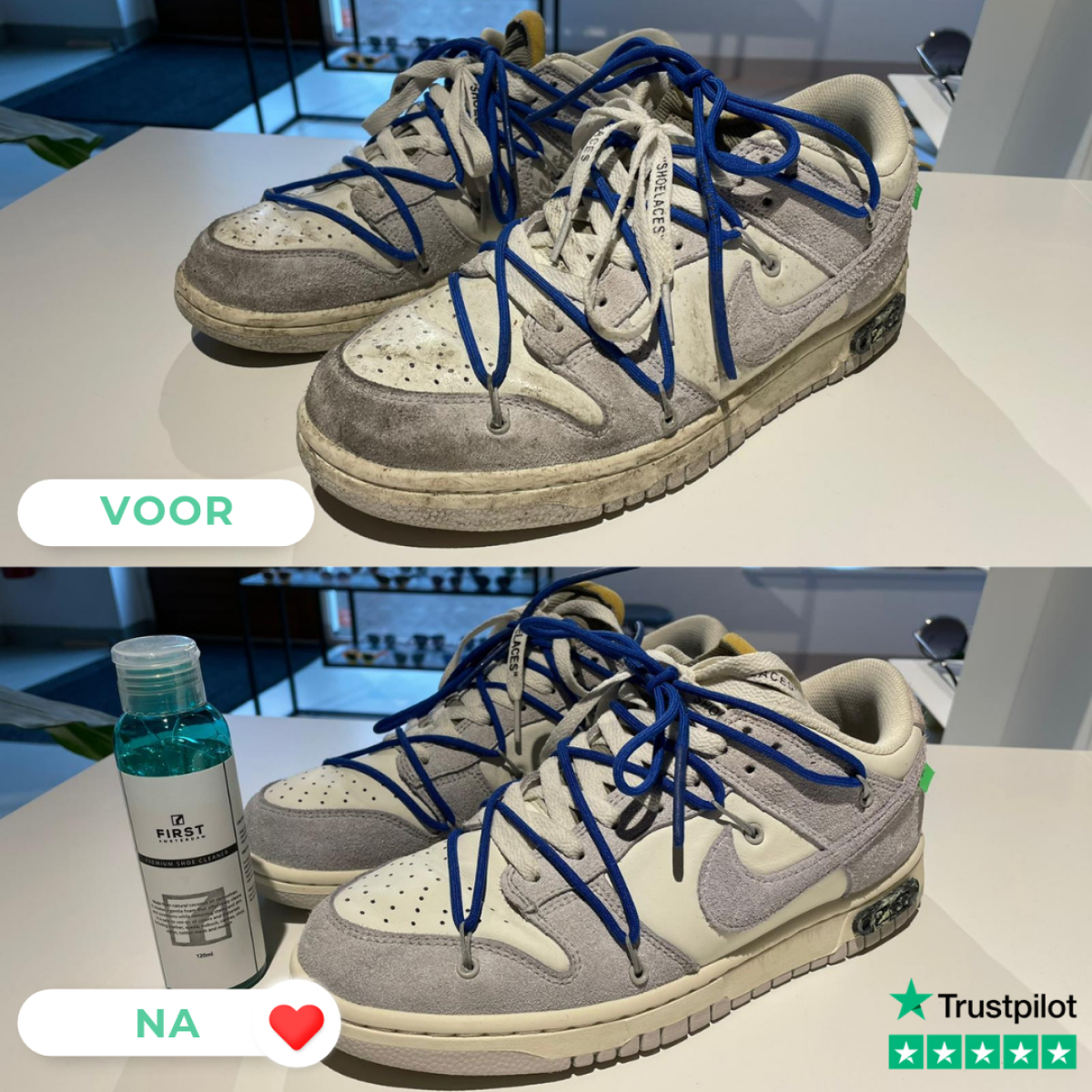
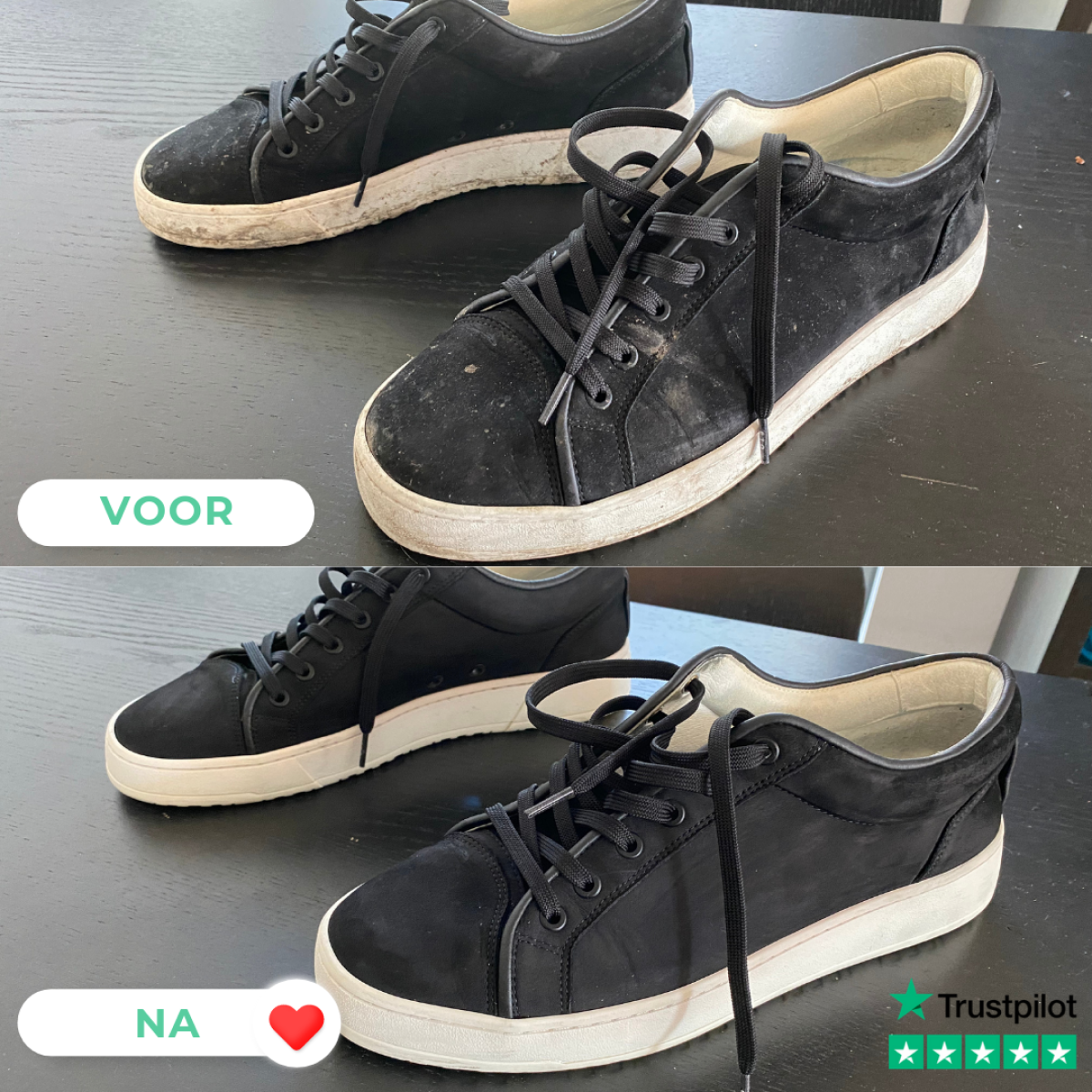
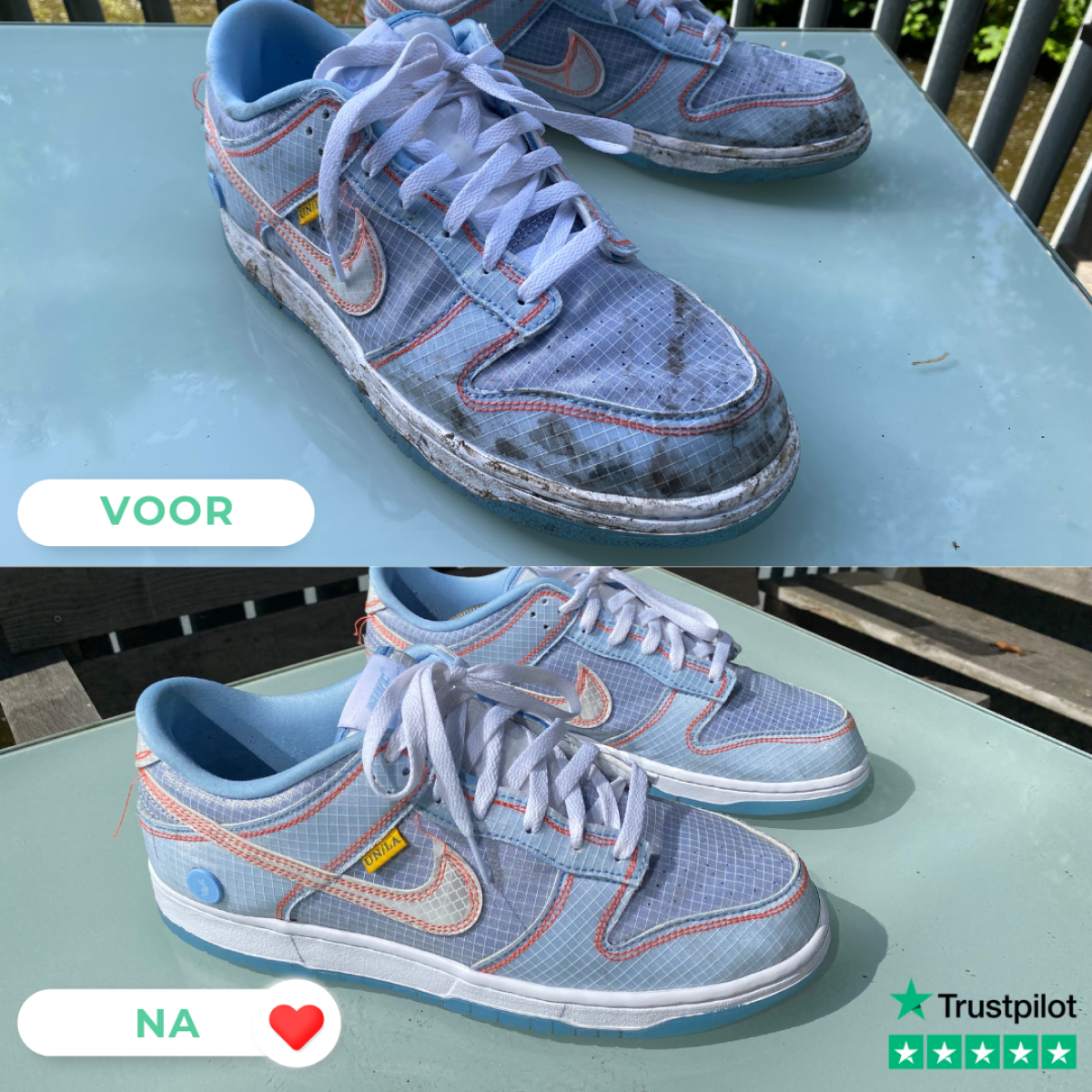
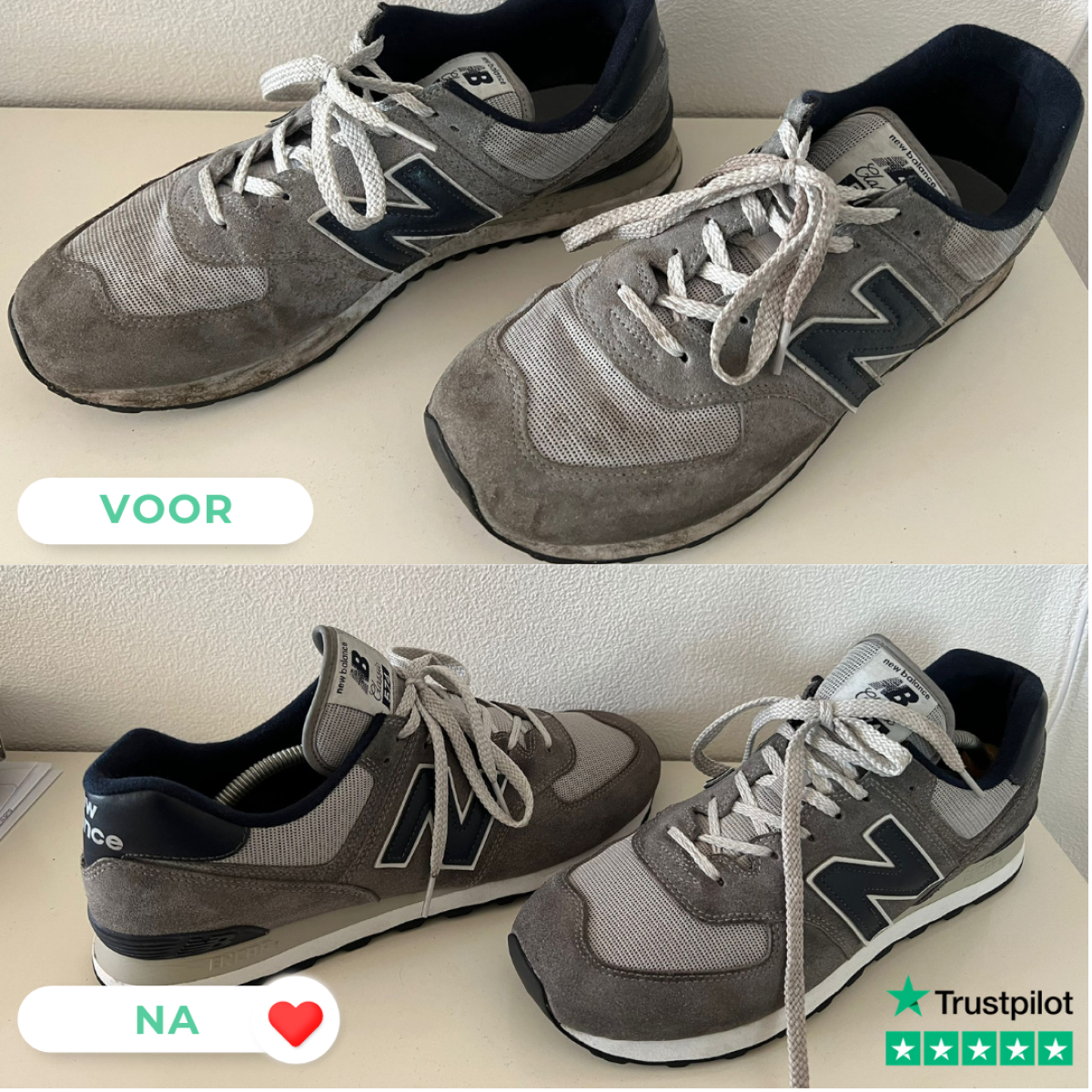
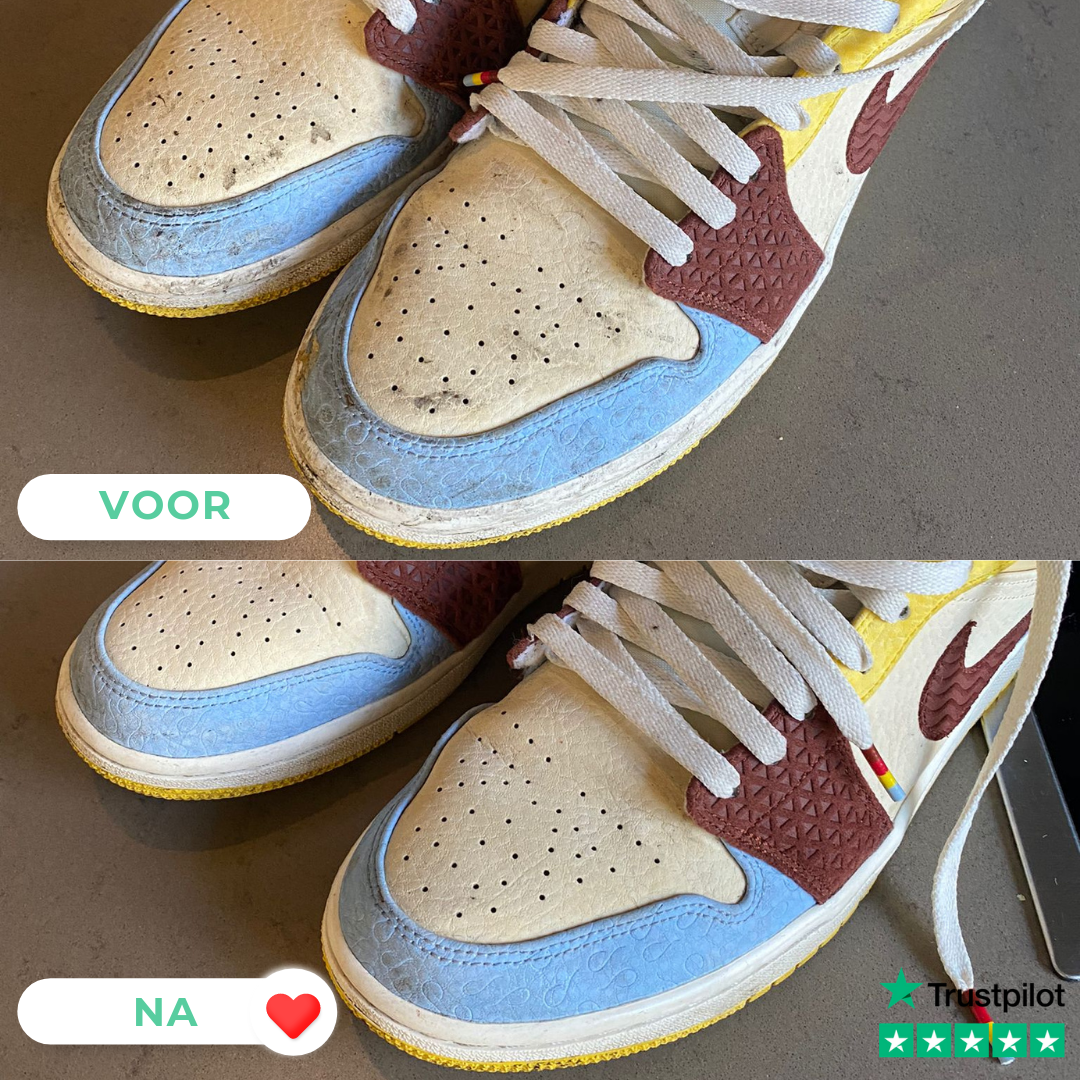
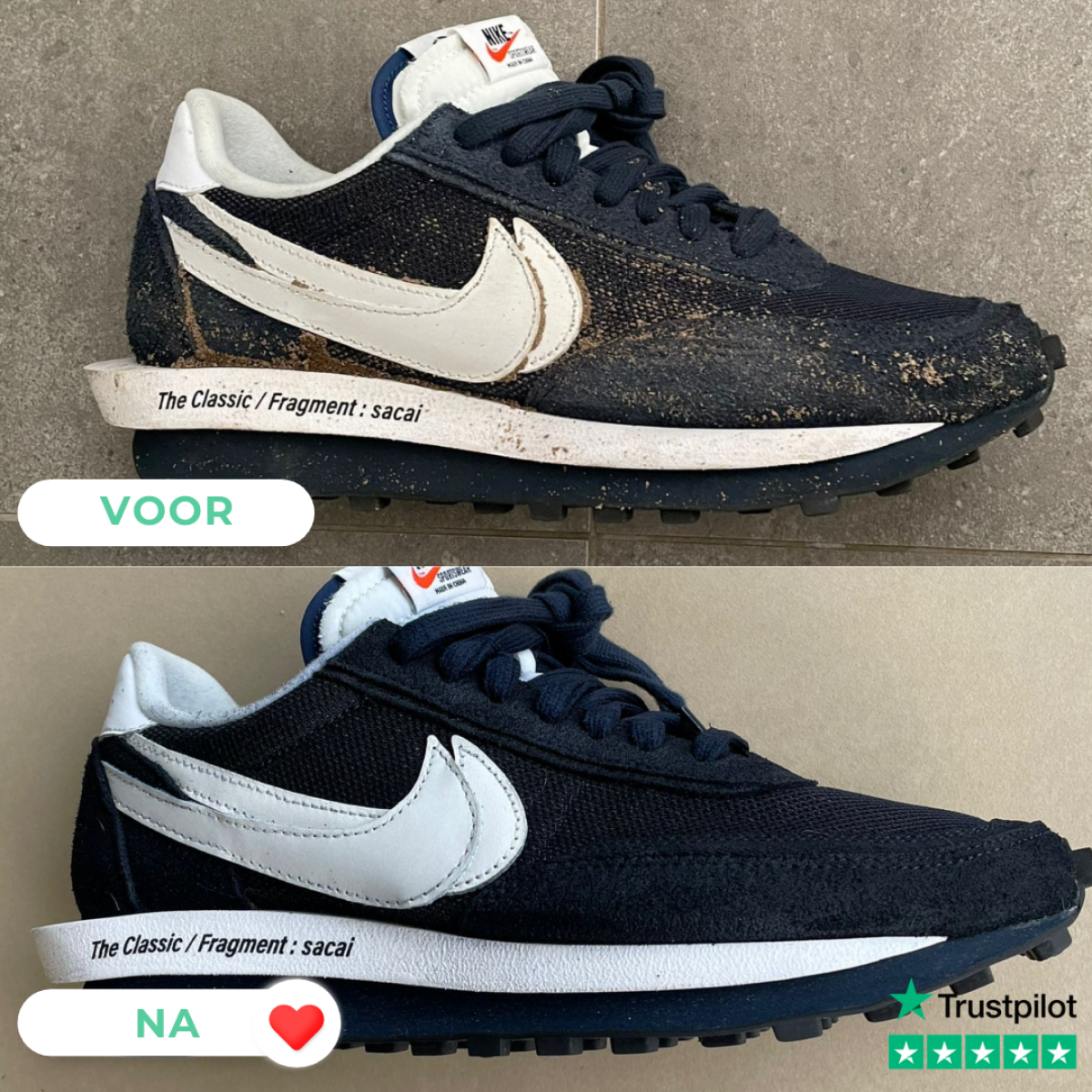




This set is perfect if you have different materials of shoes at home. The set contains all products to effectively clean & protect any material.